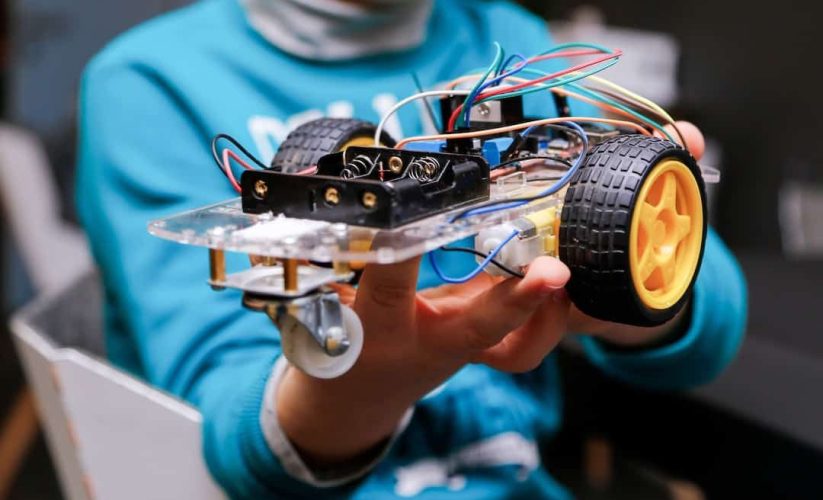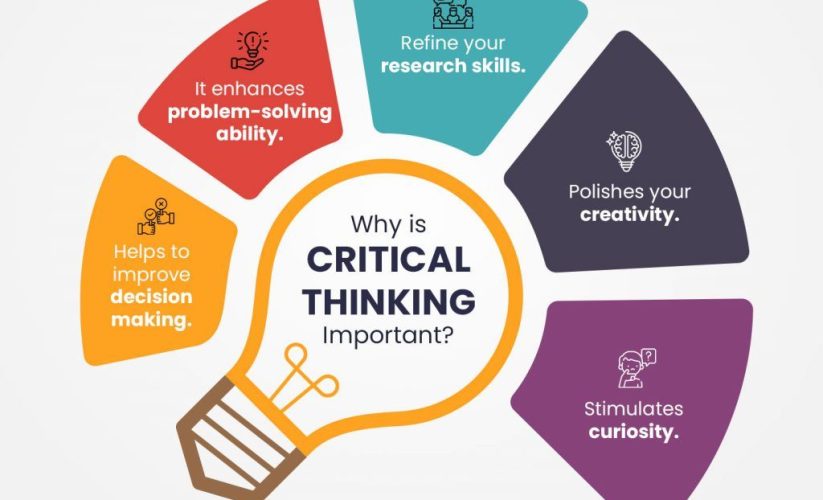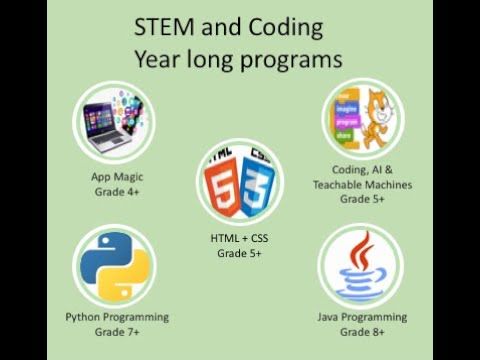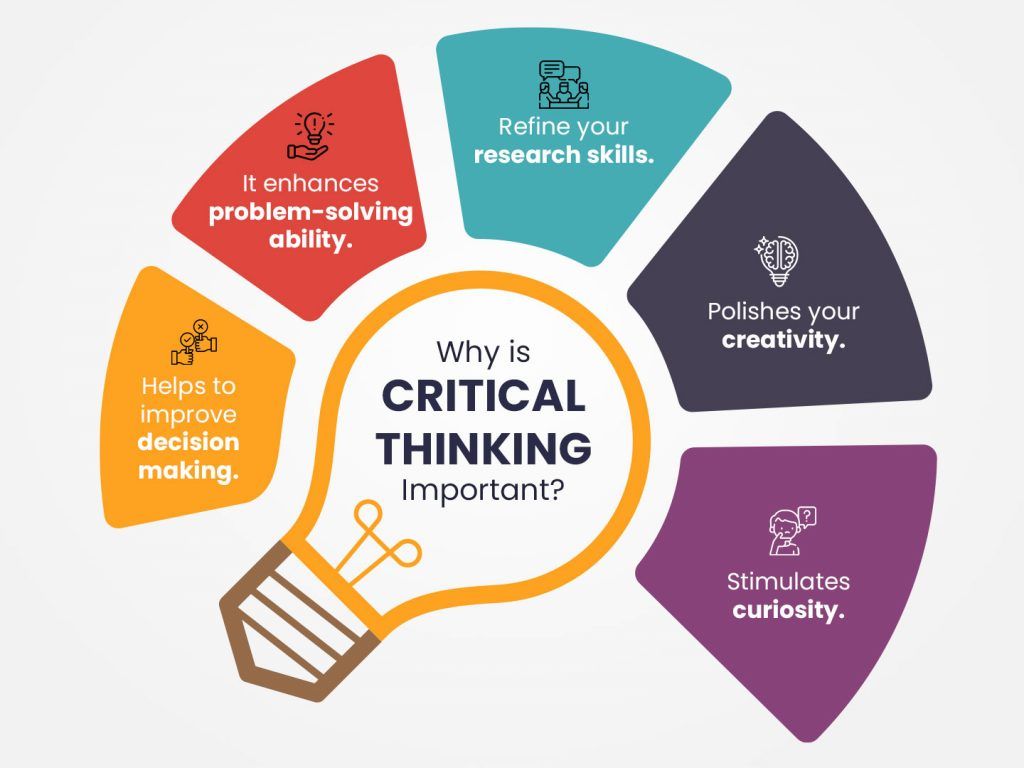
Enhancing STEM Learning through Robotics
Robotics has become an integral part of the education system, particularly in the fields of science, technology, engineering, and mathematics (STEM). By incorporating robotics into the classroom, educators are able to provide students with hands-on learning experiences that foster critical thinking, problem-solving skills, and creativity.
The Benefits of Robotics in STEM Education
One of the key benefits of using robotics in STEM education is the ability to engage students in a way that traditional teaching methods cannot. By working with robots, students are able to see real-world applications of the concepts they learn in the classroom, making their learning more relevant and meaningful. Additionally, robotics teaches students valuable skills such as coding, engineering, and mechanics, which will be essential in the future workforce.
Hands-On Learning
One of the main advantages of robotics in STEM education is the hands-on learning experience it provides. When students work with robots, they are able to see the direct impact of their actions, which can help reinforce their understanding of complex concepts. This hands-on approach also allows students to experiment and problem-solve in a safe environment, helping them to develop critical thinking skills.
Encouraging Creativity
Robotics can also help to foster creativity in students. By allowing them to design, build, and program their own robots, educators are encouraging students to think outside the box and come up with innovative solutions to problems. This creative thinking is not only beneficial in the field of robotics but also in other areas of STEM and beyond.
Preparing Students for the Future
As technology continues to advance at a rapid pace, it is crucial that students are equipped with the skills necessary to succeed in the future workforce. By incorporating robotics into STEM education, educators are preparing students for the jobs of tomorrow. Whether students go on to pursue careers in robotics, engineering, computer science, or another field, the skills they learn through robotics will be invaluable.
Conclusion
Overall, robotics has the power to enhance STEM learning in a variety of ways. From providing hands-on learning experiences to fostering creativity and preparing students for the future workforce, robotics is a valuable tool for educators looking to engage and inspire their students. By incorporating robotics into STEM education, educators are equipping students with the skills they need to succeed in an increasingly technology-driven world.
Are you ready to take your STEM education to the next level with robotics?



